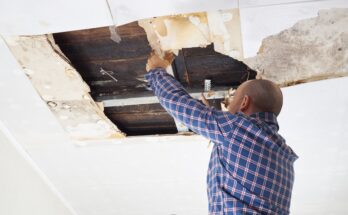Scented candles have become an increasingly popular home accessory and gift item. Their alluring fragrances and warm, flickering flames create an ambiance of comfort and tranquility. But before scented candles end up on store shelves and in homes, they go through an extensive journey of production and distribution.
It all starts in factories where scented candles are manufactured in large batches. The candle making process begins with selecting the wax, which forms the base of the candle. Common types used include paraffin, soy, and beeswax. Paraffin wax is derived from petroleum and is the most widely used because it is inexpensive and easy to work with. Soy wax comes from soybean oil and is often preferred for its natural origins and biodegradable properties. Beeswax is harvested from beehives and appreciated for its natural honey aroma.
After choosing the wax, fragrances and dyes are added to give the candles scent and color. Fragrances are carefully formulated by mixing essential oils and chemical compounds to produce desired smells like lavender, vanilla, and pine. Dyes are used sparingly to tint the wax subtle hues. Popular candle scents and colors are based on seasonal trends and consumer preferences.
Once the wax mixture is prepared, it is poured into molds and allowed to cool and solidify before the wicks are inserted. Wicks are normally made of braided cotton that has been treated to burn slowly and resist drowning in melted wax. As the wick burns, it draws up the liquid wax to fuel the flame. Proper wicking is crucial for clean, long-lasting combustion.
With the candles fully assembled, they move down the production line to be packaged. Labels are applied that display the company name, scent, and other product information. Candles are then wrapped and boxed or bagged before being packed into shipping cartons. Safety and protection are vital concerns during packaging to prevent damage in transit.
From the factory, packaged candles are transported via trucks or cargo planes to the company’s distribution warehouses. Warehouses provide efficient, controlled storage to inventory products before they continue to the next destination. Candles are organized on shelving or pallet racks, allowing workers to accurately track inventory and quickly locate items for order fulfillment. Proper temperature and humidity levels are maintained to prevent wax sweating and adhesion during storage.
When retail stores or online merchants place orders, the requested products are picked from warehouse stock, prepared for shipment, and loaded onto outbound trucks. Candles bound for brick-and-mortar stores are delivered to retail distribution centers, then allocated to individual store locations. Online orders are typically shipped directly to customers.
Finally, the scented candles arrive at homes or are given as gifts. Consumers browse the appealing selection of fragrances, shapes, and packaging before choosing the perfect candle to light up their space with alluring ambiance and aroma. Burning the candle completes its long, intricate journey from mass production at the factory to enhancing the atmosphere of someone’s home. Next time you strike a match to release the refreshing scent of a scented candle, consider the complex manufacturing, storage, and distribution processes required to bring that delightful sensory experience to your living room.


